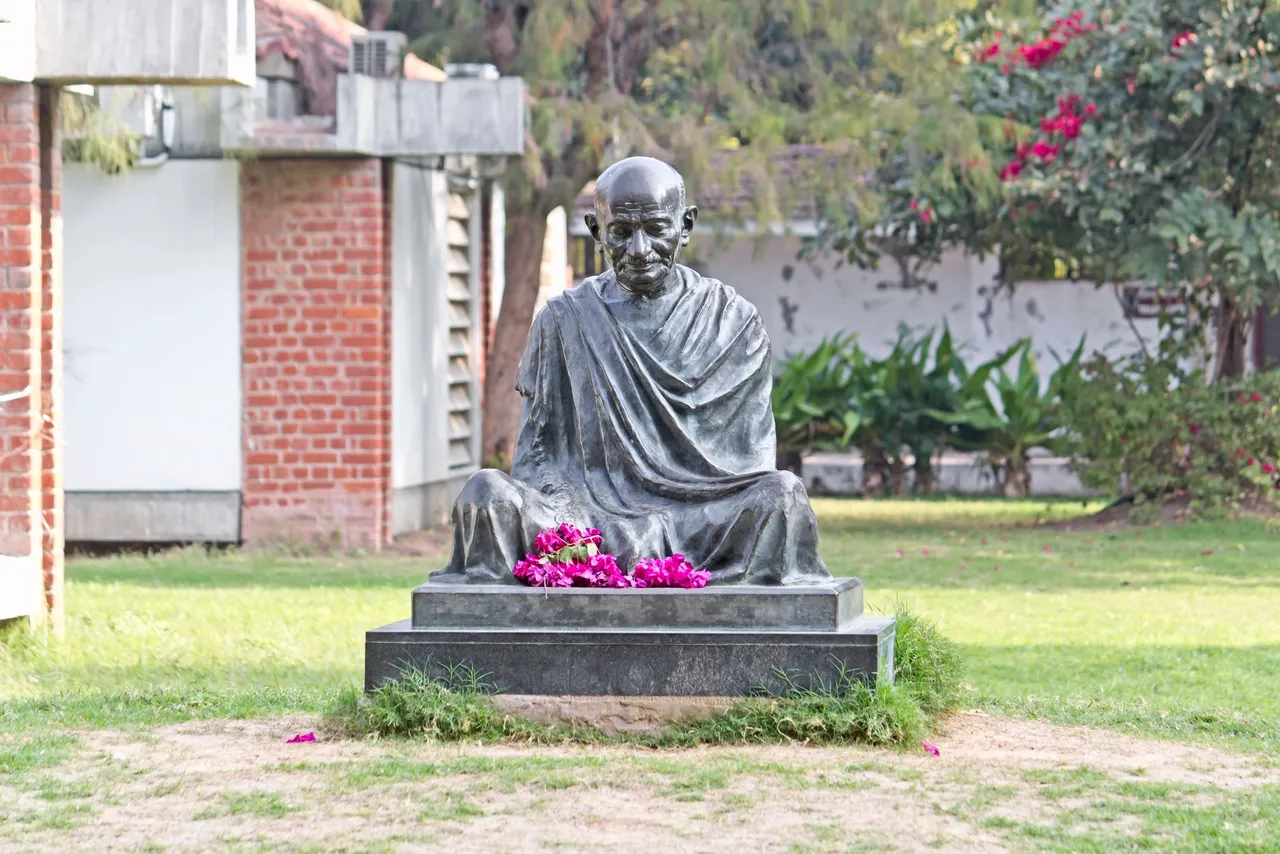Namaste: The Sacred Greeting of Unity and Reverence
Introduction: Namaste, a word that carries deep spiritual significance, is a popular greeting used in many cultures, particularly in India and other parts of South Asia. It represents more than a simple salutation; it embodies a profound recognition of the divine spark within each individual. In this article, we will delve into the rich history and evolving meaning of Namaste, exploring its origins, traditional usage, and how it is embraced in the modern world.
- The Origins of Namaste: The word Namaste finds its roots in ancient Sanskrit, the sacred language of India. It is derived from the combination of two Sanskrit words: "Nama," meaning "bow" or "obeisance," and "Te," meaning "to you." Together, Namaste translates to "I bow to you" or "I honor the divine in you." Its essence lies in acknowledging the inherent divinity and interconnectedness of all beings.
- The Traditional Use of Namaste: In traditional Indian culture, Namaste is more than just a casual greeting; it is a respectful and reverential gesture. It is accompanied by a slight bow or placing the hands in prayer position, palms together, near the heart center. This gesture signifies humility, surrender, and the recognition of the divine presence in both oneself and the other person.
- The Spiritual and Philosophical Significance: Namaste embodies the principle of "Namaskar," which reflects the belief that the divine essence exists within all living beings. It is a way of honoring and showing reverence to the inherent divinity within others. By bowing and uttering Namaste, one expresses a deep sense of respect, unity, and equality, transcending superficial differences and connecting at a soul level.
- Evolution and Global Adoption: In recent years, Namaste has gained widespread popularity and transcended cultural boundaries. It has become a universal symbol of peace, harmony, and spiritual connection. The global yoga community, in particular, has embraced Namaste as a gesture of gratitude, respect, and acknowledgement of the inner light in oneself and others.
- Namaste in Modern Contexts: In the modern world, Namaste is often used as a simple and heartfelt greeting, both in yoga studios and everyday interactions. It serves as a reminder of the unity and interconnection among all beings. By saying Namaste, individuals acknowledge the sacredness of each moment and cultivate a sense of presence, mindfulness, and compassion.
- The Power of Namaste in Yoga: Within the practice of yoga, Namaste holds a special significance. It marks the beginning and end of a yoga session, creating a sacred space and cultivating a collective energy of unity and respect. It is a way of honoring the practice, the teacher, and the shared journey of self-discovery and transformation.
Conclusion: Namaste is more than a mere greeting; it carries deep spiritual and philosophical meanings. It originated from ancient Sanskrit and is rooted in the principle of recognizing the divine within oneself and others. As Namaste transcends cultural boundaries and becomes a global symbol of unity and reverence, its power to foster connection, mindfulness, and spiritual growth continues to grow. By embracing Namaste in our interactions and yoga practice, we can cultivate a deeper sense of compassion, gratitude, and oneness in our lives.
Note: The interpretations and practices associated with Namaste may vary among different cultures, traditions, and individuals. It is essential to approach the meaning and usage of Namaste with respect, cultural sensitivity, and personal discernment.





